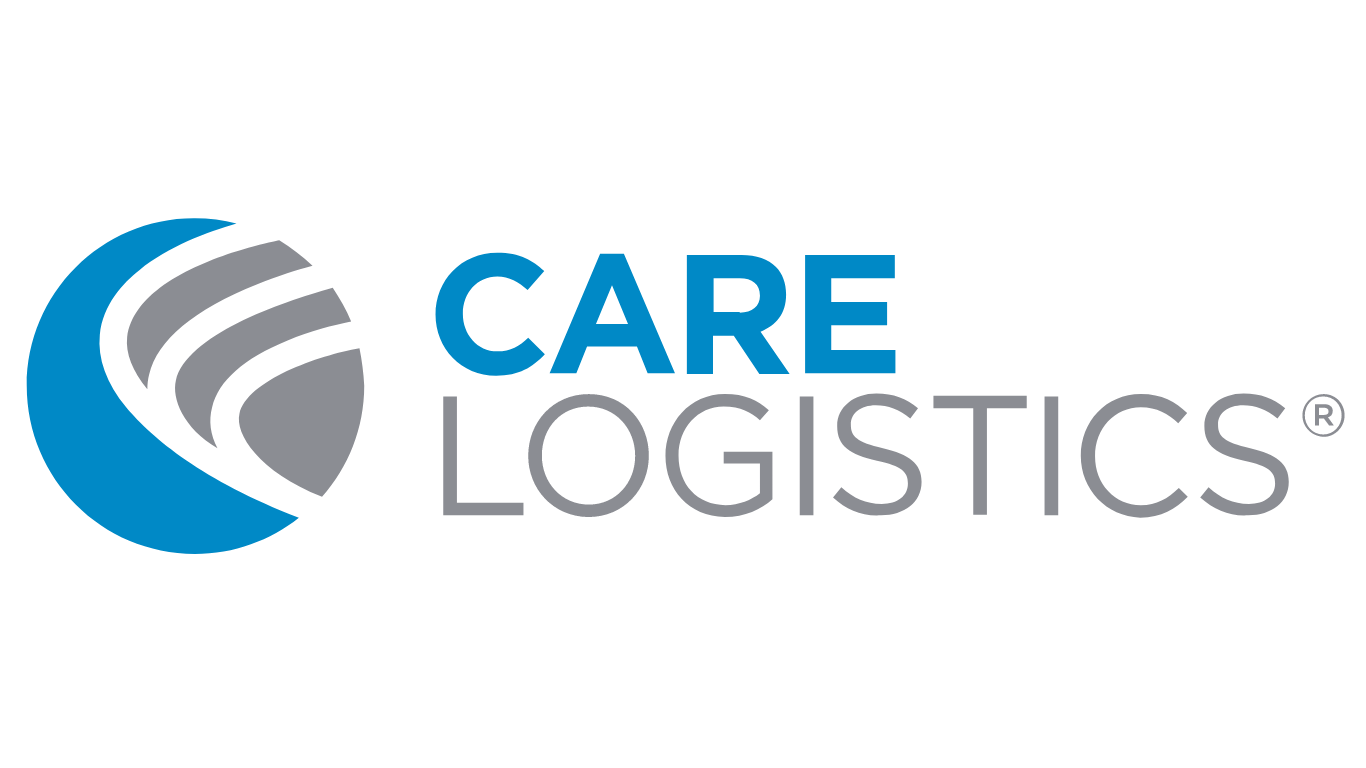You're On a Mission. Don't Let Roadblocks Get in the Way.
By Page Etzler, RN, PhD, MBA, MS, FACHE
While proper capacity management is important for all hospitals, it is especially critical for hospitals working to achieve their mission to provide essential care to vulnerable and underserved populations. These “essential hospitals” often have a trauma center designation and provide teaching services. Most are run by large hospitalist groups, have many attending physicians, and deliver a multitude of service lines. In other words, they are complex in a unique way.
The same complexity that enables them to provide critical services to their communities across a wide spectrum of diagnoses is the same complexity that can cause unique challenges as well. Unfortunately, in many of these hospitals, there are challenges with alignment across service lines, physician groups, and other parts of the organization which can cause confusion and lead to capacity management problems as well as patient and physician satisfaction issues.
In order to ensure these issues don't arise, all physicians should be aware of any barriers to a patient’s discharge. If you implement a process where all physicians communicate upcoming discharges to nursing at least 48 hours in advance, nurses will have the opportunity to anticipate and resolve potential barriers to the discharge. With discharge planning in place, there is a much higher likelihood that the patient will go home on time and free up a bed for another incoming patient in need.
Imagine planning a trip with your family. Would you plan this the day you were leaving? You would likely start planning well in advance. You would know where you were going, what route you would take, and when you would need to leave to make your destination on time. Just as important, you need a traffic navigation system that alerts you to upcoming barriers or roadblocks so that you can change your course if necessary and still arrive at your destination on time. Similarly, if a hospital puts a proactive discharge barrier forecast program into place, they can avoid "traffic jams" in the nursing units before it is too late.
If a barrier identification process is in place, delays are anticipated and mitigated rather than coming as a surprise to the patient and care team.
One place hospitals frequently see "traffic jams" is in the Emergency Department. There are often patients in the ED waiting for beds on inpatient units. If a patient needs to go to the telemetry unit, but there are no beds, how can the patient be expected to receive the most appropriate and highest quality care?
If there is a forecasting process in place using real-time information on the telemetry unit, patients who are clinically ready to be moved to a lower level of care can be flagged, addressed, and moved in a more proactive way, allowing for the telemetry beds to be turned over in time for a new patient that needs that bed.
Let's look at another example where a "traffic jam" is likely to occur: during the discharge process. If a physician is able to communicate a day prior to discharge that the patient requires a walker or oxygen in order to go home, other members of the care team can ensure an order is placed in time for those items to arrive before the patient’s planned discharge time.
If this is not communicated before the discharge orders are written, the care team might not have time to get the required supplies and equipment in order, and the patient may be required to stay an extra night in the hospital. Not only does this affect capacity, as a bed that should have been available for a new patient is still occupied, but it also could end up costing the hospital several thousand dollars as the patient now takes up a bed for an additional and avoidable night.
There are a lot of scenarios that can lead to “traffic jams” in your hospital. By implementing a real-time barrier identification and escalation process, your patients will have a smooth ride to their destinations.
